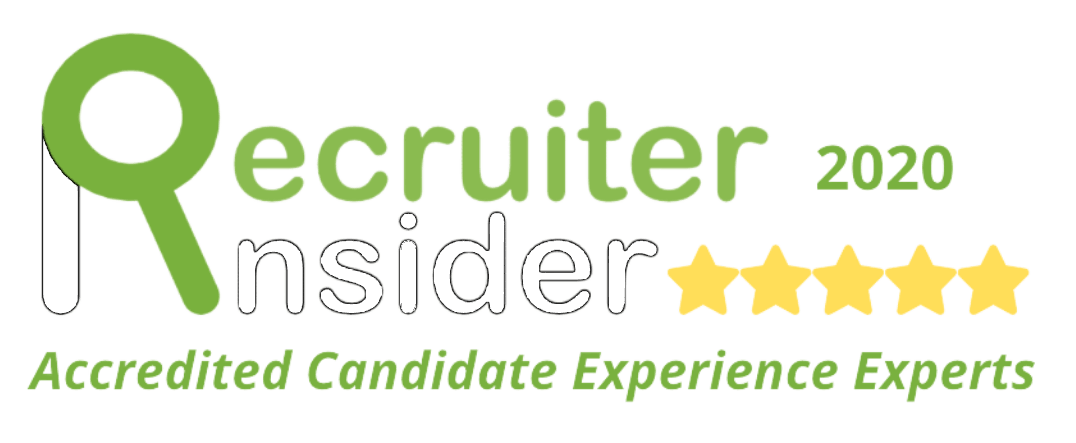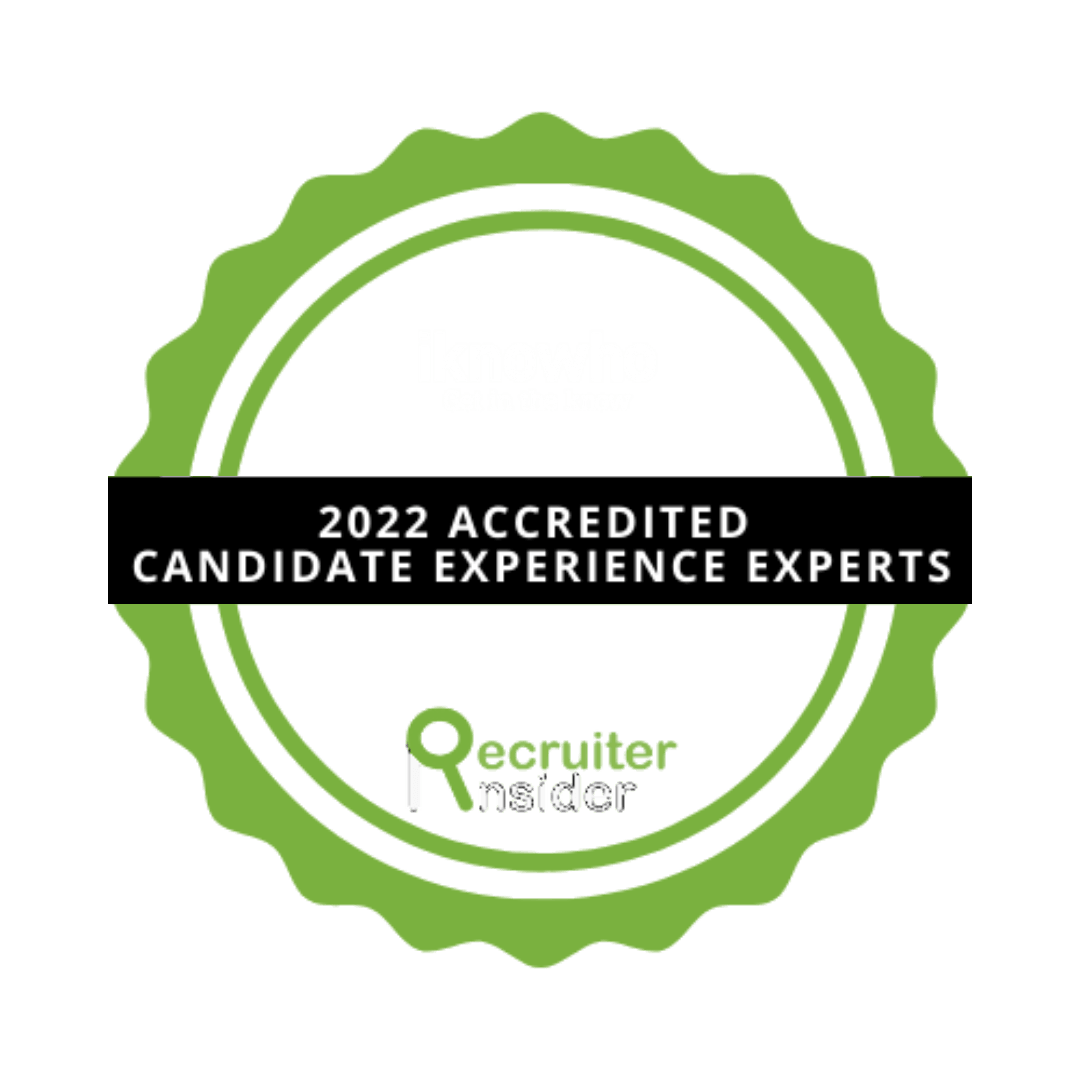Making the Switch from Agency to Client-Side
*Updated February 2022
Many agency-folk consider moving from agency to client-side at some point in their career. For many, it’s for better work-life balance, more flexibility, or just because they are ready for a new challenge or change in direction. Being an ex-agency girl myself who now recruits across agency and client-side marketing roles, I see this almost every day and wanted to share some tips for those thinking about making the jump to client-side.
The good news is that it is far easier to make the switch than it was ten years ago. There are a lot of ex-agency marketers in senior roles that have paved the way and know that agency candidates are typically hard working, good at multi-tasking, highly productive and very strategic. Whilst there are some facets they may not have had exposure to, more often than not they have the smarts to pick those things up, and quickly.
Use your sector experience to your advantage
Perhaps the easiest path to transitioning to client-side is through your sector experience. If your clients have been pre-dominantly FMCG, then it’s going to make sense to target FMCG companies; if you have worked on several car accounts then it’s going to make sense to try and cross over into client-side automotive.
I’ll caveat that with the fact that you also need to be passionate about that sector, as there’s no point switching to marketing a product or service that you don’t feel some connection with!
Work your contacts
Without trying to do us recruiters out of a job, network, network, network! Let those past clients know that you’re looking to make the switch to client-side, if you’ve impressed them and forged strong relationships chances are they would love to have you on their team or may know of a role going in another team that they could refer you for.
It’s also worth attending industry networking events, particularly if you can find ones that are specific to the sector you’d like to transition into. The casual conversations and business card swapping at the end of the event could lead to making a connection that later leads to a role.
Be realistic
Be prepared to take a sideways or even a backwards step to then go forward. Yes, you have a lot of great knowledge gained agency-side, but there are elements of a client-side role that you won’t have had exposure to, so be prepared that you may need to go for a slightly more junior role to begin with.
Depending on what level you are when you leave your agency, a great role to transition into client-side is as a Campaign Manager, which would be equivalent to a SAM or AD level depending on the scope. Corporates that have an internal agency setup are also good to target for obvious reasons. Brand and Senior Brand Manager roles can also be applicable, it just depends on the remit and how flexible the hiring manager is.
Be open to contract client-side roles
Another sensible route to client-side is to open yourself up to contract roles. Unlike agencies that tend to use freelancers for a spike in activity, holiday cover or to work on a pitch, many corporates hire contractors because of permanent hiring freezes, or simply because it’s a part of their employment strategy. Marketing contract roles tend to be more long term and can often lead to a permanent role, or they just keep getting renewed.
We have had contractors go into client-side roles for what was meant to be a three-month stint and one year later they are still there, with an offer of another renewal. The great thing about a contract role is that often hiring managers are a little more flexible about who they put in, so that ‘lack of client-side experience’ is overlooked in lieu of you being available and ready to go with great skills and the right attitude. It’s then up to you to prove how indispensable you are!
Use a recruiter to help make the change to client-side
Think about talking through your move to client-side with a recruiter (yes, I had to add in a plug at some point). A recruiter can help represent you to companies that they hold close relationships and trust with and can help represent your worth beyond what is on paper. There is the chance that a hiring manager may discard your CV because there is no client-side role in sight, but by involving the right recruiter, they can help bridge sell your strengths, motivations and cultural fit, giving you a better chance at making the switch.
Last but not least, you should think about revising your CV to be more ‘marketing speak’. Instead of talking about creative awards, talk about commercial results – what was the uplift in sales? How much did brand advocacy shift, how many click-throughs did the campaign generate? Look at what the role requirements are and think about how your experience can be expressed to best sell your agency experience for a client-side role. Talk in terms of your achievements – not simply your responsibilities.
If any of the above has made you think about wanting to have a confidential chat, iknowho is very well placed to help share our industry knowledge and answer any further questions you might have.
Reach out to myself or our Senior Talent Consultant Rachel Hart, we cover client-side recruitment and would love to see how we can help you make the transition from agency to client-side marketing roles.
Do you know what you’re worth? The market has changed and with that, salaries across the board have seen an increase. Download both our 2022 Agency and Client-side marketing salary guides to find out if you’re getting paid your worth.
* Updated Jan 2022










